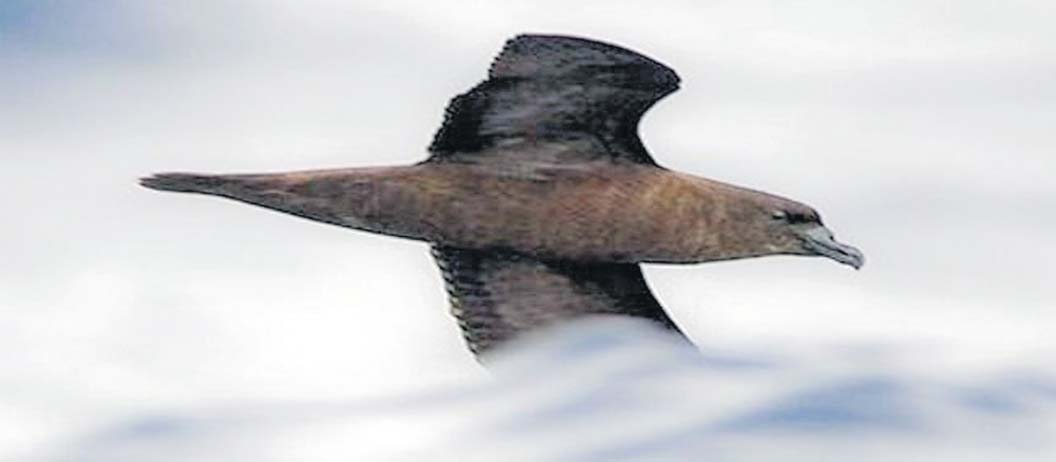The island of Gau is known as home to birds endemic to Fiji. In an article published by The Fiji Times on May 10, 1984, one of the world’s rarest birds was caught on film for the first time in 129 years.
The bird, MacGillivray’s Fiji petrel, was trapped on the island by Dr Dick Watling, a naturalist and author of the book The Birds of Fiji, Tonga and Samoa, on the night of April 29.
The Fiji petrel, black, is a rare species as most other petrels tend to be light coloured.
The bird, belonging to the albatross family, is a seabird endemic to Fiji and spends six months at a time out at sea. It had been known to exist only from a specimen taken from the island to the London Museum by a naturalist on board the HMS Herald,T.M. Rayner in October 1855.
Dr Watling’s finding proved the bird was still in existence.
As he was unable to make another catch in the three nights after the capture of the first one, it was not known how large the Fiji petrel population was. Dr Watling embarked on a search for the Fiji petrel a year ago with a Gau native, Ratu Filipe Lewanavanua.
The project was sponsored by the International Council for Bird Preservation based in Cambridge, England, and by the local firm of Central Manufacturing Company. Fiji Air provided free travel for both.
After the bird was spotted, five other visits were made to the island over the year to obtain information on the bird from the villagers and to get acquainted with its habitat. The bird was lured in by spotlights hanging from trees, and amplified tape recordings of the calls of the collared petrel (white petrel).
Mist nets were hung from trees to trap the bird as it flew in. The night the bird was caught, weather conditions were bad and it was pouring with rain, Dr Watling said. “The petrel flew in very fast and low and straight towards me
. Actually, I didn’t see it until the last minute because it was so dark,” he said. “Its wings hit me on the head as it flew past and that made it fall to the ground,” he said, describing how he caught the bird.
The bird was brown-black in colour, rather small and light. The wings were long and slender, adapted for long periods of flight at sea, the beak stout and the legs and feet large and robust, Dr Watling said.
It weighed 150 grams and had a total wing span of 93cm (3 feet). The bird was set free the following day by the Takalai Gau (chief), Ratu Marika Lewanavanua. “Until we know what the population size is, I didn’t feel it was permissible to take in a specimen for science,” Dr Watling said.
“At least now we know that the Fiji petrel is not extinct.”
Dr Watling said the only threats to the survival of the species were the feral (wild) cats which ate the eggs laid in long trenches dug into the ground, but if the mongoose was introduced into the island the petrel colonies would be completely wiped out.
“So, there is increasing urgency to see that the mongoose does not get transported not only to Gau, but to other islands as well,” he said. It is believed the Fiji petrel visits the island to nest.



